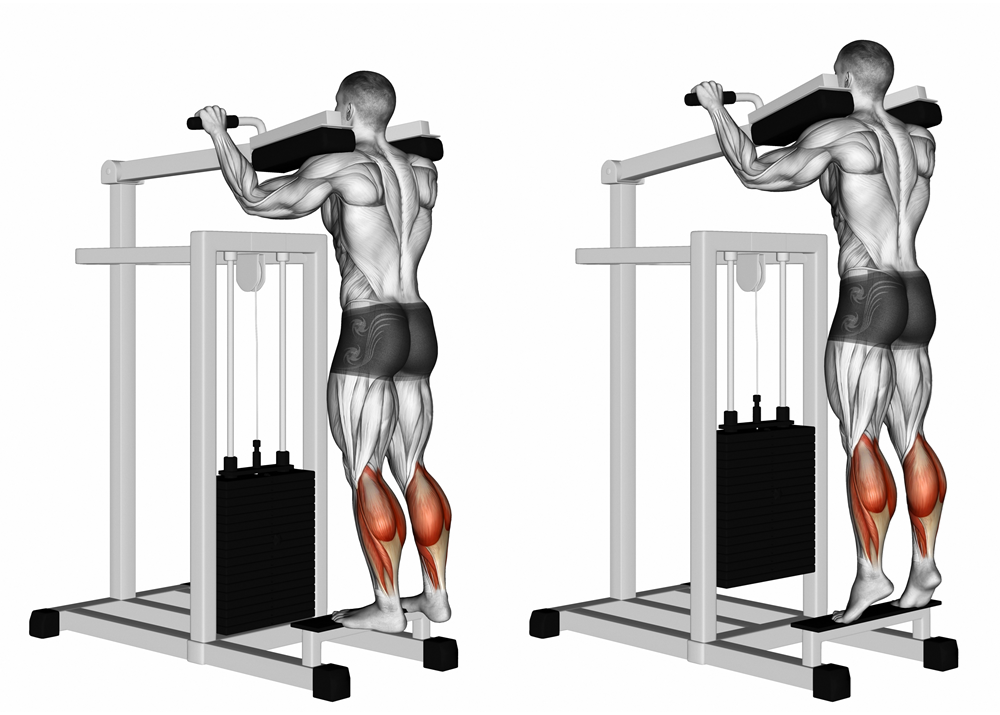Developing a comprehensive model or strategy for safety and injury prevention in weight training programs involves several key components to address various aspects of fitness, technique, and mindset. Here's a discussion outlining some important considerations:
1. Education and Proper Technique: Begin by educating participants on proper lifting techniques for different exercises. This includes understanding the correct form, range of motion, and breathing techniques. Consider offering workshops or one-on-one sessions with qualified trainers to ensure everyone knows how to perform exercises safely and effectively.
2. Gradual Progression: Encourage a gradual progression in weightlifting programs. Start with lighter weights and focus on mastering technique before gradually increasing the load. Progression should be based on individual capabilities and not rushed to prevent overexertion and injury.
3. Warm-Up and Cool Down: Emphasize the importance of warming up before starting weightlifting sessions. A proper warm-up increases blood flow to muscles, improves flexibility, and prepares the body for the demands of lifting. Similarly, cooling down with stretching exercises helps reduce muscle soreness and prevent injury.
4. Personalization and Individualization: Recognize that every individual has unique strengths, weaknesses, and limitations. Tailor weight training programs to accommodate individual needs and goals. This might involve modifying exercises, adjusting weights, or incorporating alternative movements to suit each person's abilities.
5. Supervision and Feedback: Ensure that participants receive adequate supervision and feedback during weightlifting sessions. Trained instructors or coaches should be present to observe technique, provide guidance, and offer corrections when necessary. Regular feedback helps participants improve their form and reduce the risk of injury.
6. Rest and Recovery: Stress the importance of rest and recovery in weightlifting programs. Muscles need time to repair and grow stronger after intense workouts. Encourage participants to incorporate rest days into their training schedule and prioritize adequate sleep and nutrition to support recovery.
7. Equipment Safety and Maintenance: Regularly inspect and maintain weightlifting equipment to ensure it is safe and functional. This includes checking for signs of wear and tear, properly securing weights on bars, and maintaining a clean workout environment free from clutter or hazards.
8. Injury Management and Rehabilitation: Develop protocols for managing injuries should they occur during weightlifting sessions. Educate participants on recognizing the signs of overexertion, strains, or sprains, and provide guidance on appropriate first aid measures. Additionally, offer resources for injury rehabilitation and encourage seeking professional medical advice when needed.
9. Mindfulness and Mind-Body Connection: Foster a mindful approach to weightlifting that emphasizes the mind-body connection. Encourage participants to listen to their bodies, respect their physical limits, and avoid pushing through pain or discomfort. Incorporating mindfulness practices such as focused breathing or visualization techniques can enhance awareness and reduce the risk of injury.
10. Continuous Evaluation and Improvement: Finally, regularly evaluate the effectiveness of the safety and injury prevention strategies implemented in weight training programs. Solicit feedback from participants, monitor injury rates, and adjust protocols as needed to address any emerging issues or concerns.
By incorporating these elements into a comprehensive model or strategy for safety and injury prevention in weight training programs, you can create a supportive and conducive environment for participants to achieve their fitness goals safely and effectively.
1. Education and Proper Technique: Begin by educating participants on proper lifting techniques for different exercises. This includes understanding the correct form, range of motion, and breathing techniques. Consider offering workshops or one-on-one sessions with qualified trainers to ensure everyone knows how to perform exercises safely and effectively.
2. Gradual Progression: Encourage a gradual progression in weightlifting programs. Start with lighter weights and focus on mastering technique before gradually increasing the load. Progression should be based on individual capabilities and not rushed to prevent overexertion and injury.
3. Warm-Up and Cool Down: Emphasize the importance of warming up before starting weightlifting sessions. A proper warm-up increases blood flow to muscles, improves flexibility, and prepares the body for the demands of lifting. Similarly, cooling down with stretching exercises helps reduce muscle soreness and prevent injury.
4. Personalization and Individualization: Recognize that every individual has unique strengths, weaknesses, and limitations. Tailor weight training programs to accommodate individual needs and goals. This might involve modifying exercises, adjusting weights, or incorporating alternative movements to suit each person's abilities.
5. Supervision and Feedback: Ensure that participants receive adequate supervision and feedback during weightlifting sessions. Trained instructors or coaches should be present to observe technique, provide guidance, and offer corrections when necessary. Regular feedback helps participants improve their form and reduce the risk of injury.
6. Rest and Recovery: Stress the importance of rest and recovery in weightlifting programs. Muscles need time to repair and grow stronger after intense workouts. Encourage participants to incorporate rest days into their training schedule and prioritize adequate sleep and nutrition to support recovery.
7. Equipment Safety and Maintenance: Regularly inspect and maintain weightlifting equipment to ensure it is safe and functional. This includes checking for signs of wear and tear, properly securing weights on bars, and maintaining a clean workout environment free from clutter or hazards.
8. Injury Management and Rehabilitation: Develop protocols for managing injuries should they occur during weightlifting sessions. Educate participants on recognizing the signs of overexertion, strains, or sprains, and provide guidance on appropriate first aid measures. Additionally, offer resources for injury rehabilitation and encourage seeking professional medical advice when needed.
9. Mindfulness and Mind-Body Connection: Foster a mindful approach to weightlifting that emphasizes the mind-body connection. Encourage participants to listen to their bodies, respect their physical limits, and avoid pushing through pain or discomfort. Incorporating mindfulness practices such as focused breathing or visualization techniques can enhance awareness and reduce the risk of injury.
10. Continuous Evaluation and Improvement: Finally, regularly evaluate the effectiveness of the safety and injury prevention strategies implemented in weight training programs. Solicit feedback from participants, monitor injury rates, and adjust protocols as needed to address any emerging issues or concerns.
By incorporating these elements into a comprehensive model or strategy for safety and injury prevention in weight training programs, you can create a supportive and conducive environment for participants to achieve their fitness goals safely and effectively.



